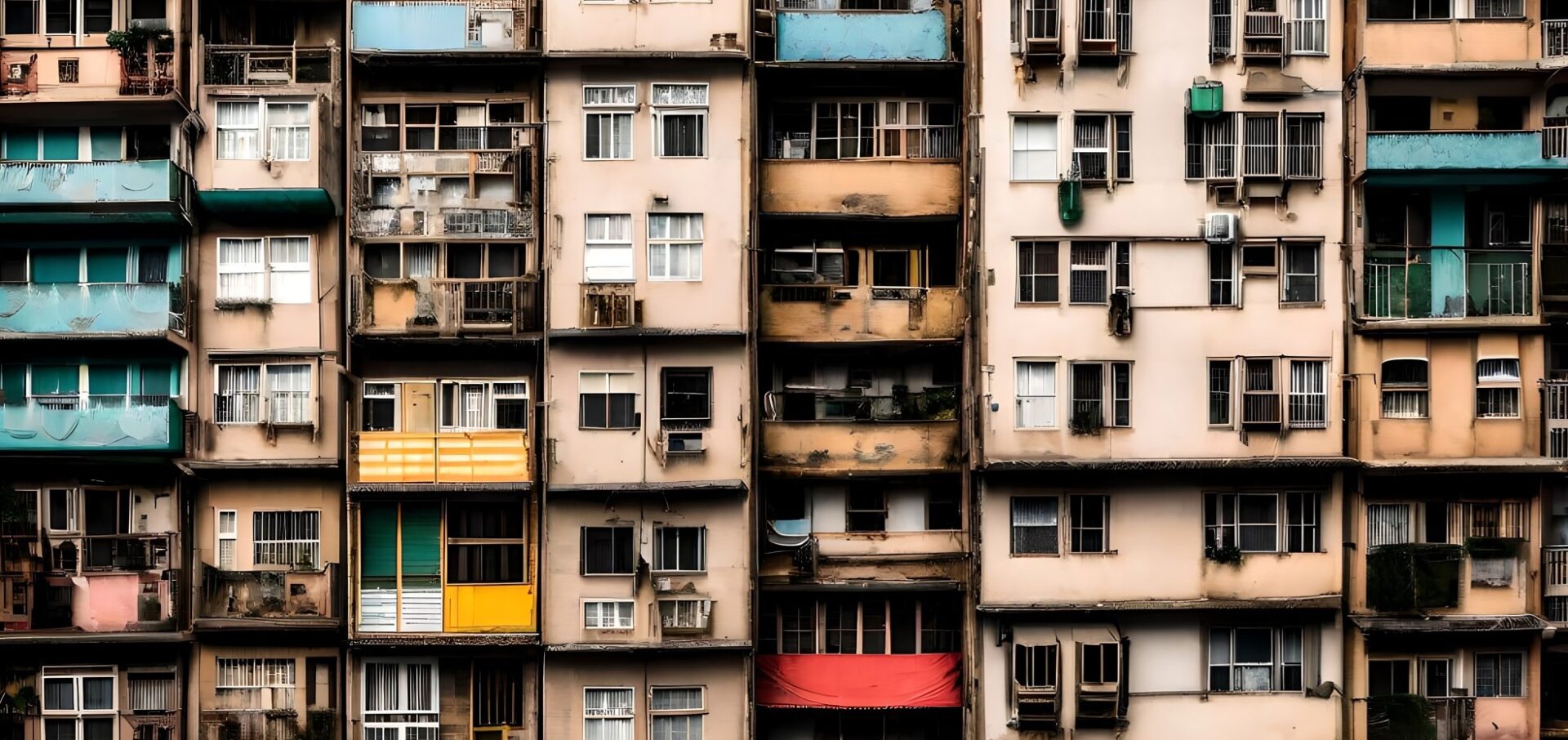By Jeffrey Chan, Leann Au and Waverly Chan
Hong Kong, 7 November 2024: The plight of tenants living in subdivided units (“SDUs”) has long been a pressing problem in Hong Kong. Currently, some 220,000 people reside in the city’s 110,000 SDUs, many of which offer undesirable living conditions, including limited space, inadequate fire safety and poor hygiene.
In his third policy address, Chief Executive John Lee announced new measures aimed at regulating SDUs, including the conversion of substandard ones into Basic Housing Units (“BHUs”) through legislation. Among various specifications, such units must have a minimum floorspace of eight square meters and include at least one window – unless an approved exhaust fan is installed – and an individual toilet.
Owners of existing SDUs will be given a grace period to make the necessary improvements, during which no enforcement action will be taken. Stringent enforcement is expected to begin by late 2026 or early 2027 post-grace period. New SDUs entering the market must comply with the standards before they can be rented out.
The move represents a significant shift in Hong Kong’s housing policy, presenting both challenges and opportunities for the insurance industry. As these changes unfold, it is crucial for insurers to understand the implications for home insurance policies and prepare for the evolving market landscape.
Impact on Insurance Sector
The new legislation is expected to have a major effect on home insurance coverage. Currently, many standard home insurance policies do not provide coverage for SDUs due to their illegality.
Hence, the market will need to develop specialised insurance products for landlords to cover unique risks such as tenant turnover, property damage and rent arrears. Insurers are expected to create tailored landlord protection policies that focus on the shared facilities and communal living arrangements common in SDUs. In drafting policies, it is vital that insurers take into account several key considerations:
Risks associated with SDUs: Insurers need to assess whether existing home insurance policies can be adapted to cover BHUs or whether a separate policy is required. There are unique risks associated with such homes, including questions over structural integrity, tenant liability and compliance with safety regulations. The clustering of these units within a building can compromise overall fire safety and increase the likelihood of electrical overloads and hazards.
Comprehensive risk analysis: A full-on review of the relevant risk factors, including occupancy rates and potential liabilities, will be crucial in order to adjust premiums based on risk assessments. This analysis should also determine the appropriate levels of cover for emergency assistance and loss of rent. It is also important to establish clear definitions of exclusions, particularly in relation to non-compliance with safety standards, to avoid any ambiguity.
Potential ramifications: These include the likelihood of increased claims, taking into account factors such as tenant profiles, permitted uses and the unique challenges of high-density living. Ongoing changes to comply with new housing standards could lead to compliance challenges and even coverage and liability disputes.
Strategic solutions: When designing products, insurers will need to strike a balance between risk and coverage. Initially, premiums may be higher until sufficient underwriting data is available. To maximise efficiency and value, insurers can bundle complementary landlord and tenant insurance products to create comprehensive coverage solutions that leverage underwriting and pricing synergies.
Recommendations for Insurers
Insurers should take an active role in the proposed consultation period prior to legislation and engage with government stakeholders to ensure the development of clear, practical guidelines for BHUs. This engagement should focus on the establishment of explicit safety standards and enforcement mechanisms that will have a direct impact on the insurability of such residences.
A collaborative framework between government authorities, insurance providers and housing advocates is essential to create a balanced approach that addresses both housing needs and risk management concerns. Insurers should advocate for government incentives to encourage landlords to meet or exceed safety standards, thereby reducing insurance risks while improving housing quality. Such incentives could include tax benefits, grants for safety upgrades, or expedited permits for compliant properties.
Key areas requiring attention include the practical implementation of safety regulations, market readiness for increased SDU volumes, and the development of effective enforcement mechanisms. Insurers should stress the need for a phased approach that allows the market to adapt while maintaining risk management standards. The government should also consider establishing a centralised database of compliant SDUs to assist insurers in risk assessment and premium pricing, while providing transparency to all stakeholders involved in the transformation of the market.
Summary
The proposed legalisation of SDUs presents both challenges and opportunities for the insurance industry in Hong Kong. By proactively adapting their insurance policies, insurers can play a crucial role in ensuring the safety of BHUs while expanding their market presence.
Jeffrey Chan has been a Partner in BC&C since 2015 and leads the firm’s Insurance and Personal Injury team which advises on legal matters and handles court cases for insurance companies and/or their insured parties. He practices all areas of civil litigation with a particular emphasis on personal injuries and property damage claims, employees’ compensation legislation and insurance-related disputes. He can be contacted at jeffrey@boasecohencollins.com.
Trainee Solicitors Leann Au and Waverly Chan contributed to this article.



